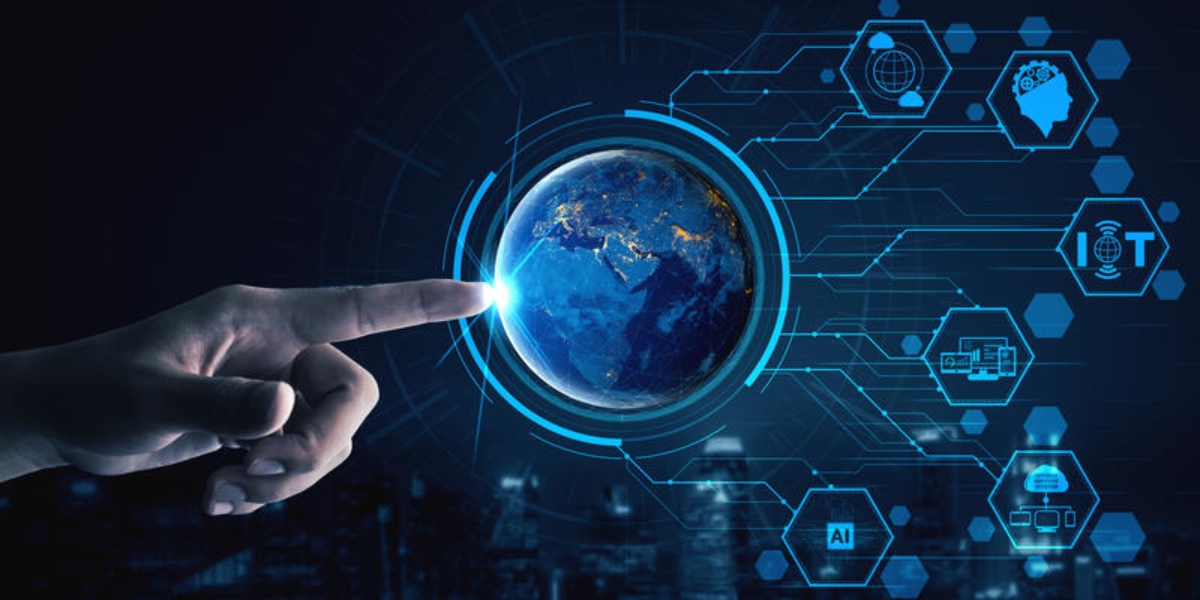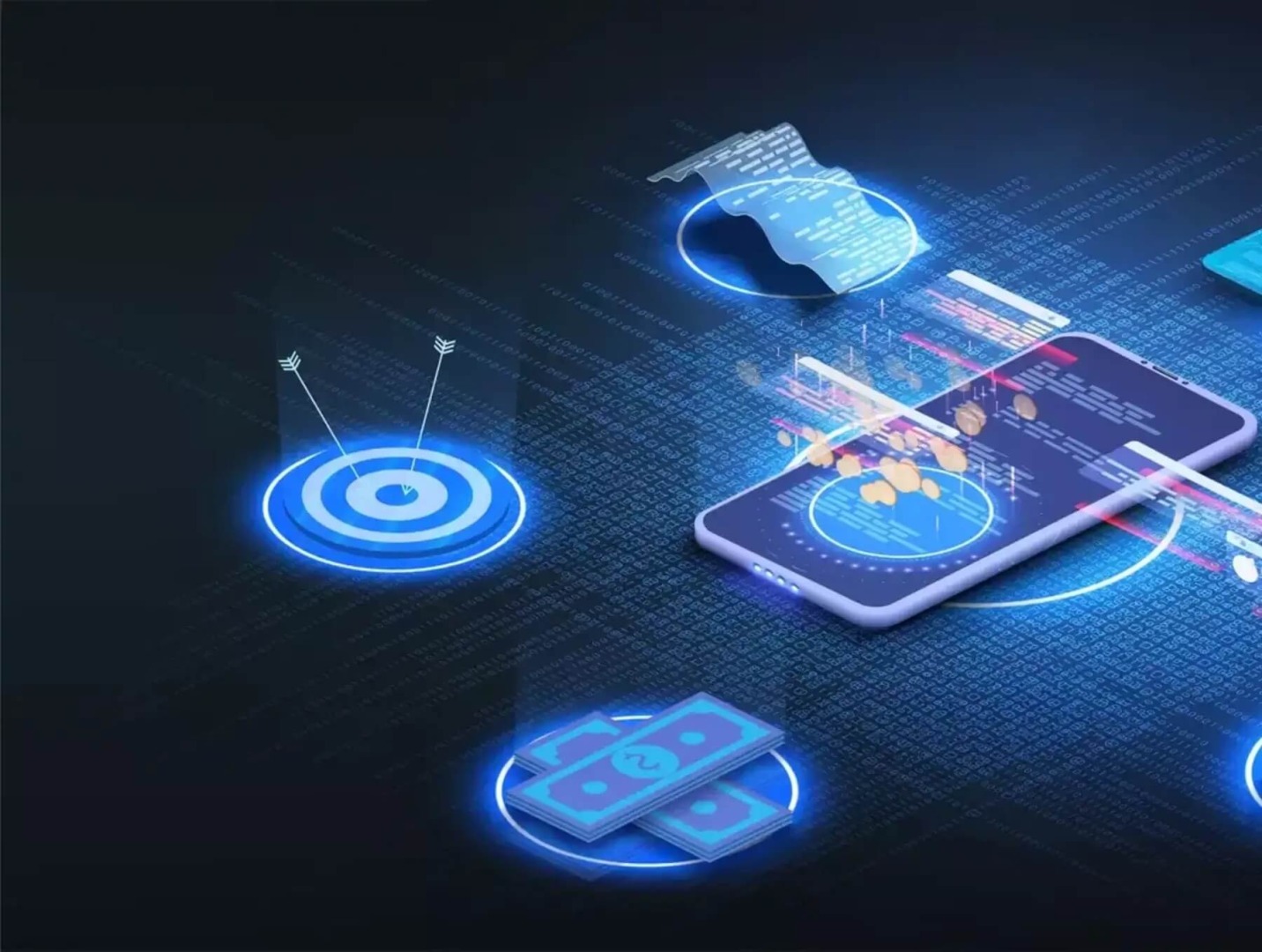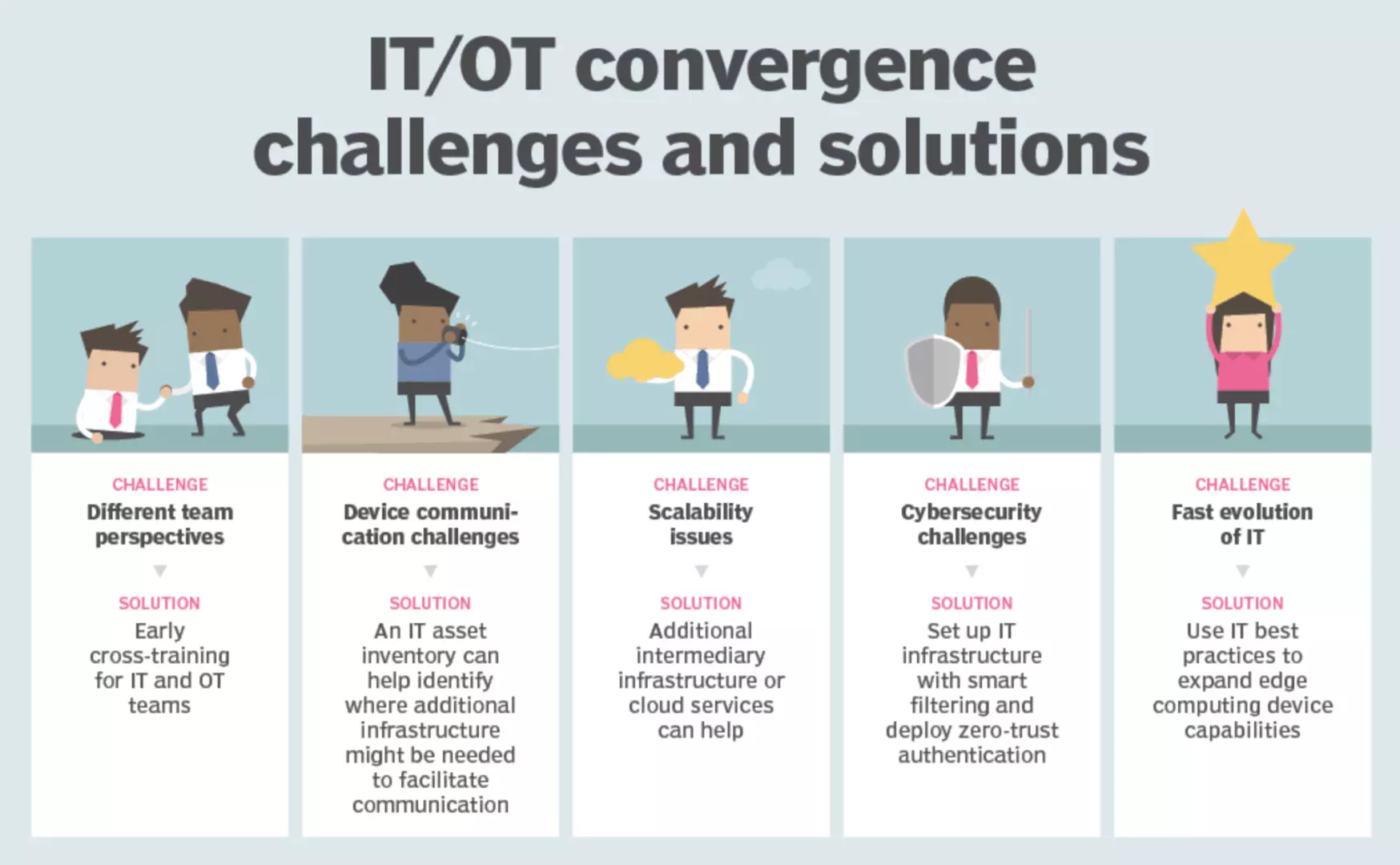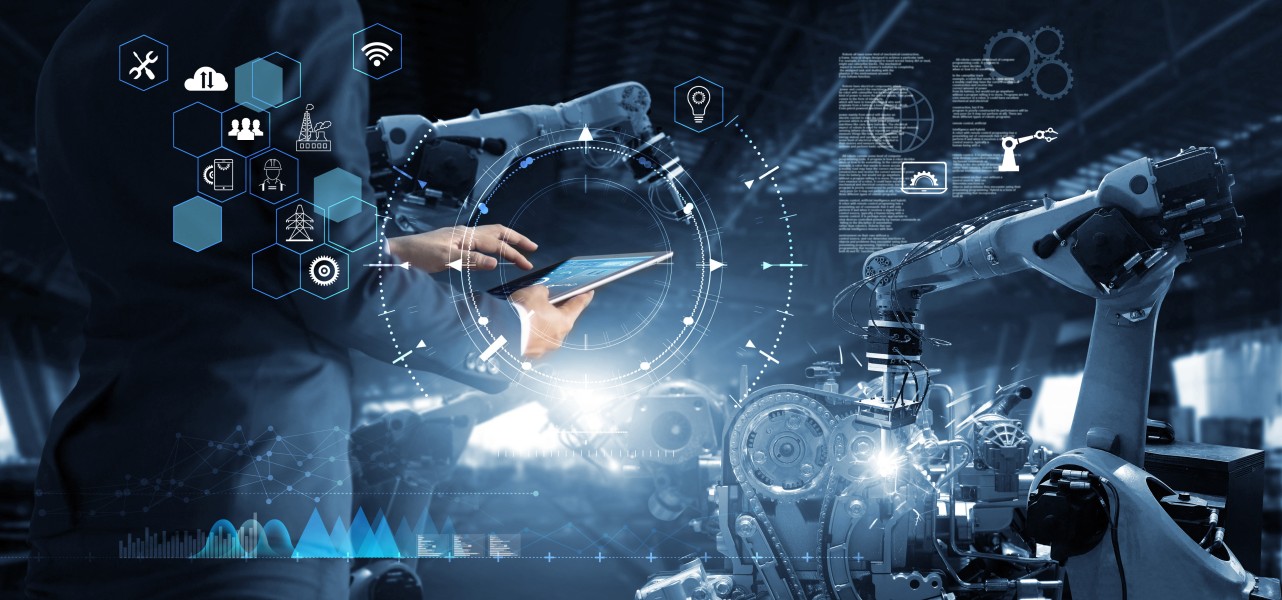Comments
- No comments found

IT and OT convergence comes with challenges and benefits for businesses but may be especially crucial for Internet of Things (IoT) integration.
They are often thought of as seemingly opposite departments and technologies. IT handles data, while OT handles devices. IT focuses more on business systems, while OT focuses on the physical operations of a business.
Could bringing these two departments together spark benefits for businesses? IT and OT convergence can lead to greater efficiency, faster development times and better communication. However, it may also introduce new challenges. IoT has a unique relationship with IT and OT, making convergence a serious consideration for businesses.

Information technology and operational technology handle different sides of businesses’ technology infrastructure. On a general level, IT departments manage data while OT departments manage devices and software. The IT department might focus on a manufacturer’s employee computer passwords, while the OT department focuses on assembly line control systems.
The two departments are similar and related but often siloed or kept isolated from one another. IT and OT convergence breaks down the barriers between them and builds a bridge instead. The idea is that if they can actively work together, they can perform their jobs more efficiently and effectively. They can pool their expertise, knowledge and resources for mutual benefit.
There are many potential benefits of IT and OT convergence. For example, combined IT/OT departments may develop new solutions faster and for less money. They may also improve automation processes, use resources more efficiently and better comply with regulatory standards.
IT/OT convergence has a few different levels or categories that break down how convergence occurs. The three main types of IT/OT convergence are physical, process, and data and software.
The physical category refers to the convergence of physical OT devices being adapted, updated or replaced to work with IT. The process category deals with adjustments to company workflows for IT and OT so the two can work together. Finally, the data and software category deals with the convergence of the company’s network architecture, bringing in the data and software needed to support the OT department.

If IT and OT are two cities on different sides of a river, IoT is the bridge connecting them. IoT devices include a wide array of devices connected through various means, such as the internet or the cloud.
IoT devices fill an important need in IT and OT convergence because they can collect and relay data. Instead of having assembly line sensors that simply gather information, IoT sensors actively transmit OT data to IT departments, where it can be processed, analysed and utilised. A business could monitor an aspect of its manufacturing process in real-time and make data-driven adjustments right away.
IoT addresses one of the major challenges of converging IT and OT — OT devices are not typically designed for networking or communication. IoT gadgets act as a relay between isolated OT devices and the software and resources of IT so businesses can gain valuable insights and process improvements.
Imagine implementing IT/OT convergence in a single construction vehicle with the help of IoT. The machine itself is an OT device and isn’t connected to IT infrastructure. Integrating a few IoT sensors into the vehicle allows performance data to be transmitted to IT servers and software, where it is analysed in real-time.
A construction company can identify where the vehicle is being used inefficiently, where it is experiencing traffic or downtime, how it utilises fuel and how it’s performing overall. This data can even be used to extend the machine’s life span through predictive maintenance.
Similarly, IoT is crucial for evolving the use of robotics in numerous industries. Robots are rapidly transforming fields like medicine, transportation and industry. IT and OT departments must collaborate because robots sit right between physical operations and data and software. This will help robotics maximise their potential in these fields.
For example, IoT allows a warehouse to be intelligently automated with robots, using IoT tags and sensors for tracking and navigation. Integrating robotics into various applications is easier with IT and OT convergence, which IoT helps streamline.
There are many potential benefits businesses can gain from IT and OT convergence, but there are also some key challenges to consider. Successful IT/OT convergence relies on addressing these issues.

Source: Tech Target
The most pressing challenge that arises from IT and OT convergence is security. The risk of weakened security is an unfortunate side effect of trying to bring OT devices into IT communication networks.
This is especially true when a business uses outdated legacy systems in its OT department. These devices may not be updated frequently and aren’t usually designed to be part of a larger IT network. Therefore, OT gadgets can be weak links that hackers can exploit to launch cyberattacks. This risk is even greater considering that OT devices are critical for maintaining operations, which gives hackers leverage for attacks like ransomware.
It is also important to remember that people can pose security risks, too. Businesses have to be strategic and mindful about converging their IT and OT teams. The risk of security weak spots will be even greater if the people in these departments cannot work effectively together. Both departments must adjust and adapt for the benefit of the whole organisation.
Additionally, there may be some technical challenges with the actual devices involved in the convergence. It is likely that some OT and IT tech simply won’t be compatible. This often occurs in the way devices communicate. Some may only be able to perform one-way communication or may use proprietary or unusual protocols. These technical incompatibilities are not insurmountable, but they do take some problem-solving for businesses to navigate successfully. IoT devices can be an especially helpful solution for bridging these divides.

IT and OT convergence can be challenging to implement, but businesses stand to gain invaluable benefits from collaboration. IoT devices can help bridge the gap between IT and OT tech, unifying the two departments and providing insights and advantages.
It is important to address security risks and technical challenges carefully, but converging IT and OT can lead to greater efficiency, cost savings and improved operational performance. Businesses can harness the power of collaboration to drive innovation.
Emily Newton is the Editor-in-Chief of Revolutionized. She is a science and technology journalist with over three years covering industry trends and research.
Leave your comments
Post comment as a guest